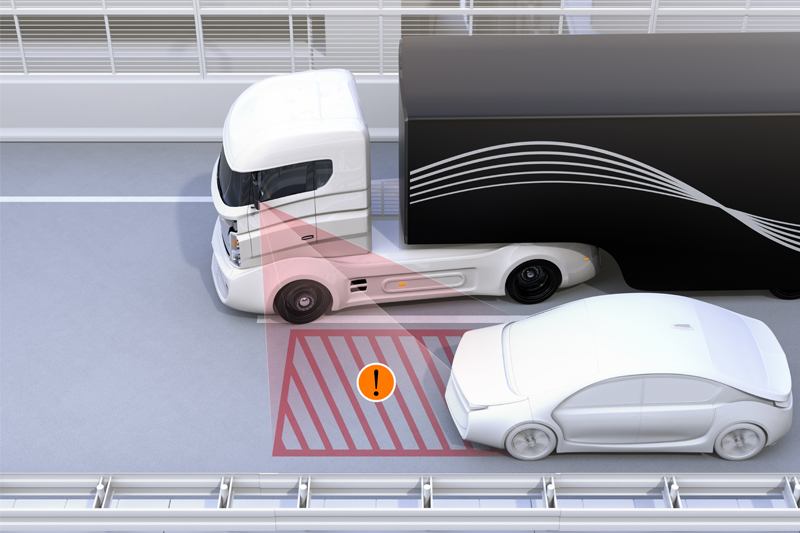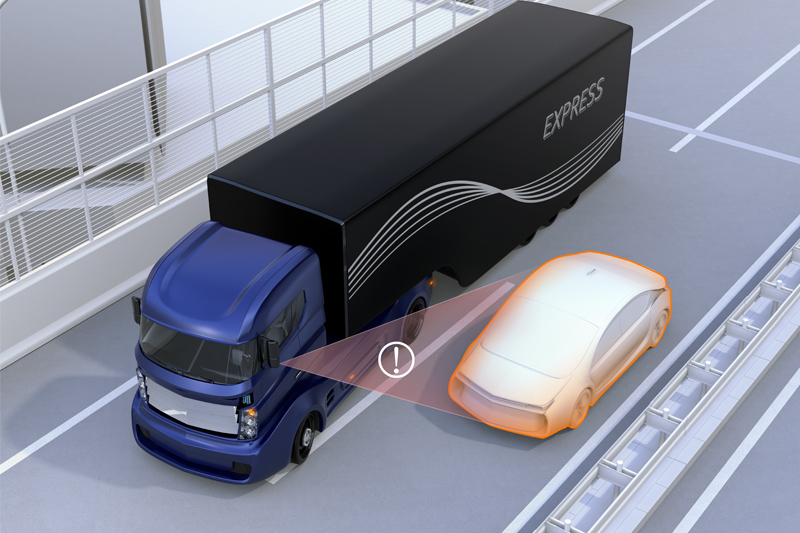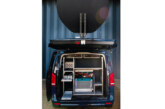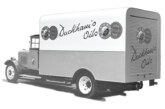
Craig Spillard, Finance Director at Spillard Safety Systems, explores the reasons for why new camera technology is gradually working its way into a number of accreditation schemes.
On average, a cyclist or motorcyclist is killed or seriously injured every hour on UK roads. The Road Safety charity highlighted the growing issues faced by those on two wheels, whilst also appealing to businesses to help reduce injuries and deaths on the road. Craig Spillard, Finance Director at Spillard Safety Systems, has been making the same demand for years now, as part of a company-wide commitment to ‘kill blind spots’ on commercial vehicles, HGVs and mobile equipment.
Road safety
Craig has been a passionate advocate of firms embracing the latest technology to help educate their drivers and give them the tools they need to complete their jobs safely and efficiently. Craig commented, “These statistics don’t surprise me; we’ve known how dangerous it is for cyclists and motorcyclists in our big city centres, but what the Brake survey proved is how dangerous our rural roads are.
“What this tells us is that we need to take a more holistic approach to how we can improve road safety, and for me that starts with improving the vision of drivers and ensuring we kill potential blind spots.
“HGVs in particular are prone to these and one of the biggest rises in demand for our services has come from transport firms keen to take preventative action, both from a social perspective and also because it makes financial sense.”
In recent years, Spillard Safety Systems’ biggest growth has come from the commercial vehicle market, and the company has recently secured a string of large contracts with Fowler Welch, DHL, Marston’s and Tesco’s One Stop stores. This has seen the company’s traditional mirror products superseded by new camera systems that give varying levels of coverage around the vehicle, ranging from front and rear cameras to the company’s Optronics 360° system.
Craig remarked, “In today’s world where roads are increasingly busy, companies operating HGVs should really invest in camera technology that gives drivers the best possible view of what is around their vehicle, eliminating blind spots in the process. This is proven to improve road safety as they can use monitors in the cab to get total coverage – a key tool for reducing incidents and, importantly, injuries and fatalities.”
Liability
“There is also the issue of blame, with HGV drivers regularly blamed when it may not necessarily be their fault. That’s where recording technology is proving extremely popular,” continued Craig.
Spillard Live is a four-camera system (front, rear, nearside and offside) that records video footage to a one terabyte hard drive, which holds up to 264 hours of footage. Real time images and historical footage can be accessed remotely by dialling into the Digital Video Recorder (DVR), giving clients access to incidents as soon as they happen.
The camera system also allows the driver to view the blind spots on the nearside and the rear of the vehicle through a monitor either on the dashboard or through the manufacturer’s built-in satellite navigation screen. Pete Spillard, Managing Director of Spillard Safety Systems, points out the potential cost benefits of investing in the technology, “We are hearing of different ways that companies are using the system all the time. The first and most obvious one is customers who are proving that their driver was not at fault during an accident, which can prevent a costly court case, which they may or may not win.
“In the past, drivers have said that an accident wasn’t their fault knowing full well it was and companies spent lots of money trying to fight the claim. They now know whether their driver is at fault and whether to fight the claim or not.
“There are also cases where someone is claiming that a truck has caused damage at a site and then, when they’ve reviewed the footage, it’s clear that it hasn’t happened.”
Spillard Safety Systems is not stopping there with its camera technology. The company has employed five software developers to take it to the next stage by building a new web-based portal that will also incorporate driver behaviour telematics, tachographs, intelligent reporting and vision-based object detection.
Cameras and compliance
Camera technology has been a talking point in many workshop and fleet accreditation schemes for a number of years now. Craig explained, “Only recently have cameras become part of compliance standards. For example, FORS Silver and Gold accreditation requires a nearside and rear camera on rigids to cover the blind spots, whilst a tractor/trailer vehicle only needs a nearside camera fitted.
“Even recording aids are coming into consideration, although these are currently only best practice rather than compulsory equipment. To summarise, camera technology does help to keep workshops and fleets compliant, but there is plenty more businesses have to think about to gain accreditation. First and foremost, cameras help save lives, as well as provide transparency when companies are confronted by liability claims.”









